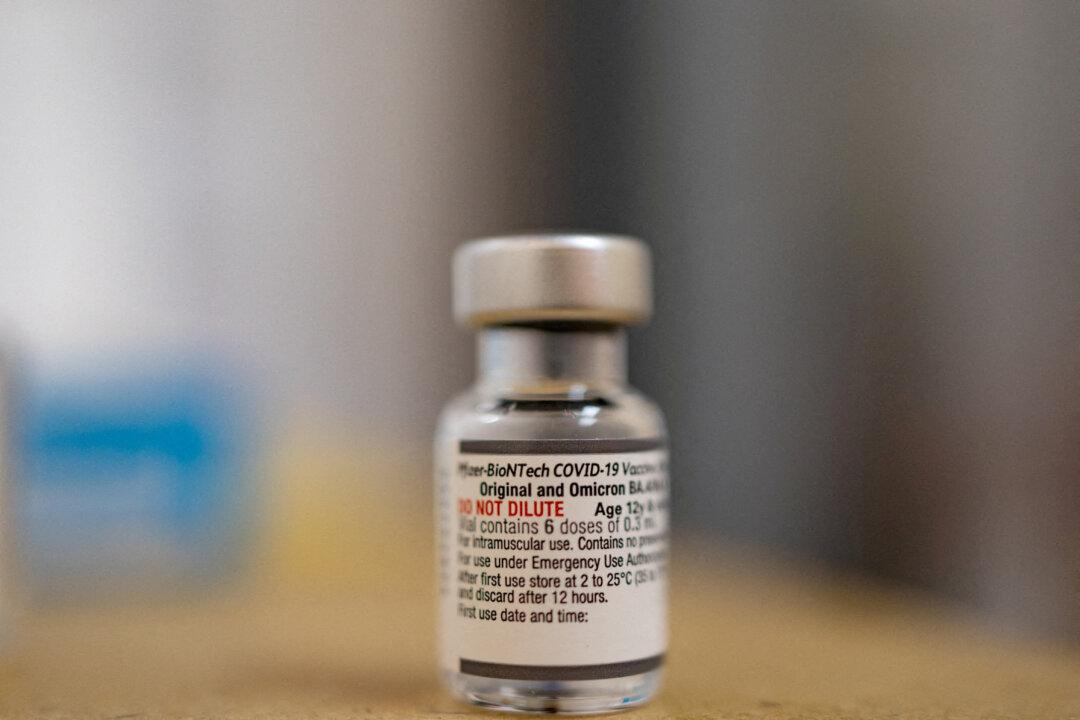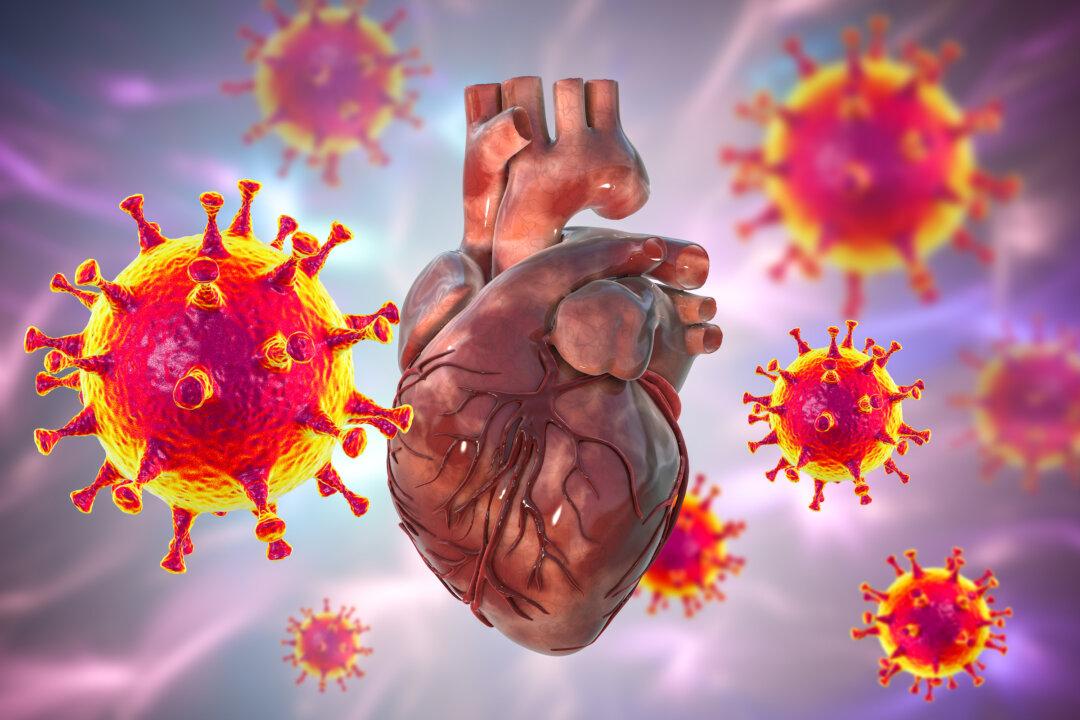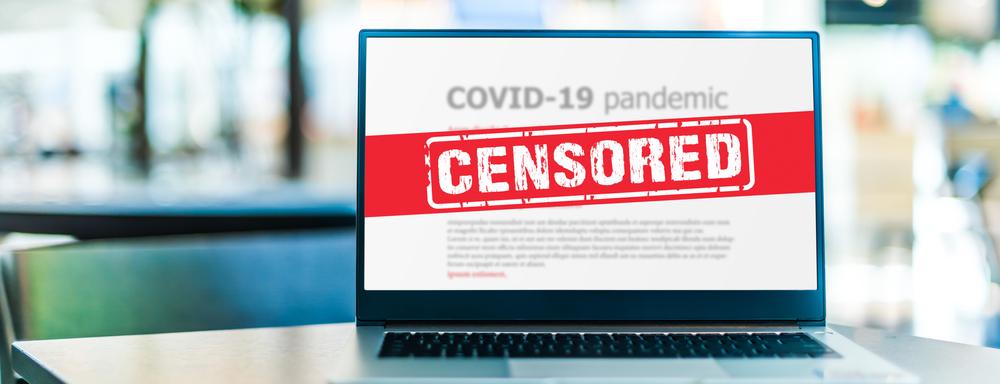Commentary
Over the past four months, the White House, Centers for Disease Control and Prevention (CDC), and Food and Drug Administration (FDA) have vigorously pushed the new bivalent vaccine on all eligible Americans. In his final White House briefing, Dr. Anthony Fauci stated, “Please, for your own safety, for that of your family, get your updated COVID-19 shot as soon as you’re eligible to protect yourself, your family, and your community.”





